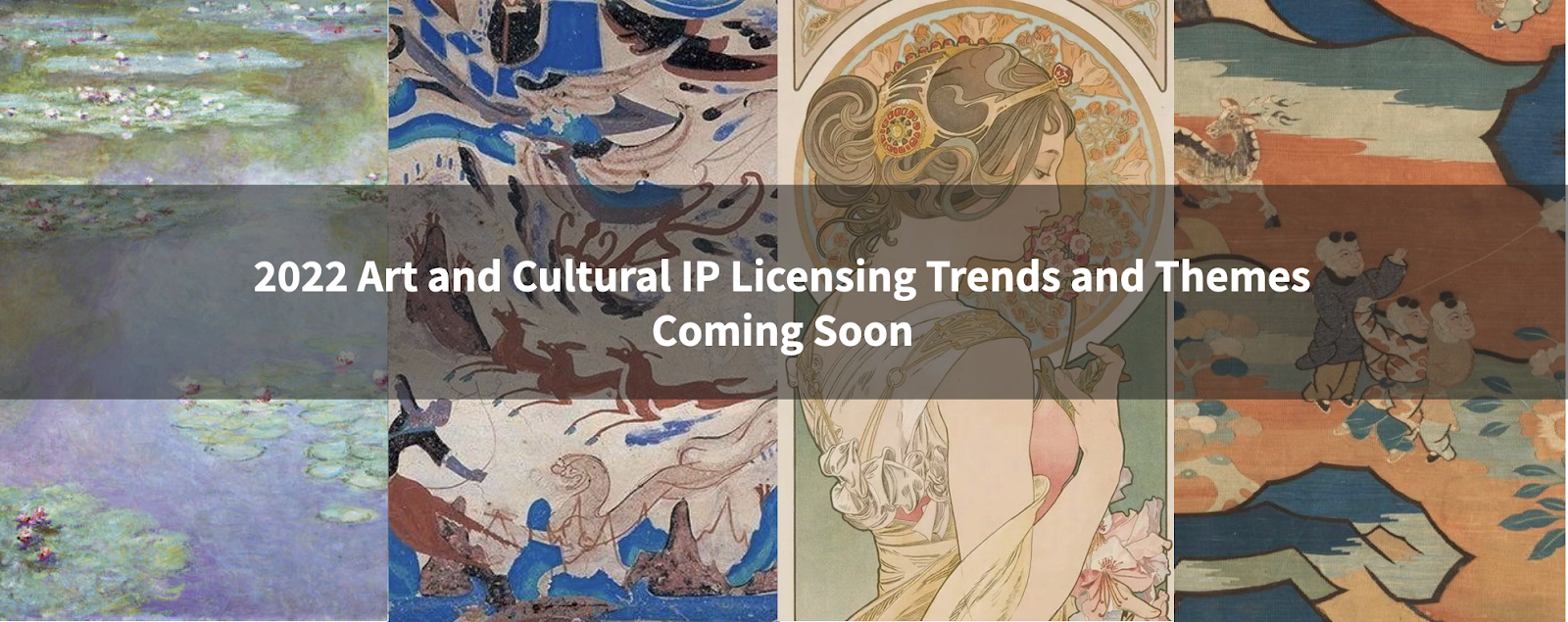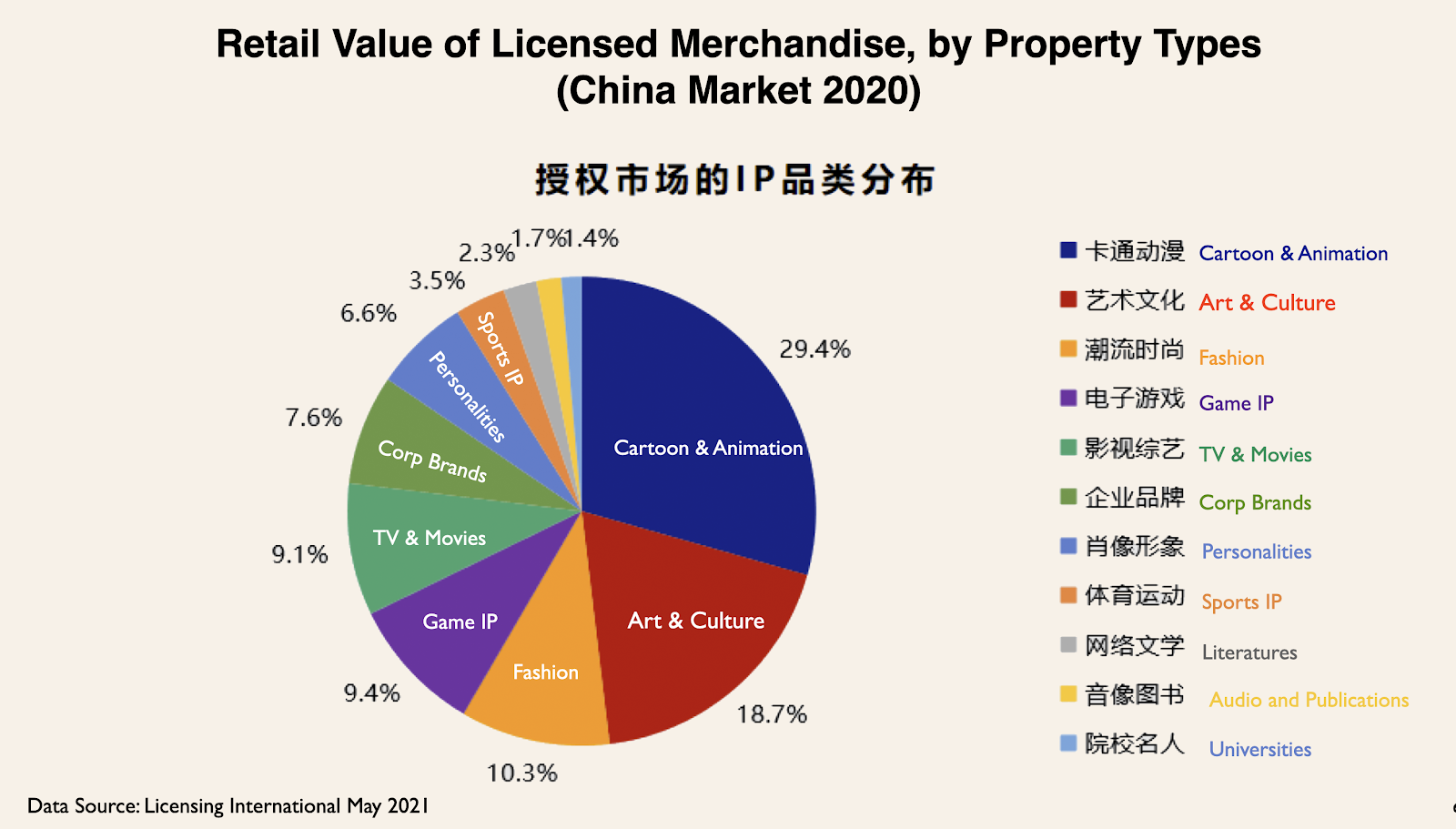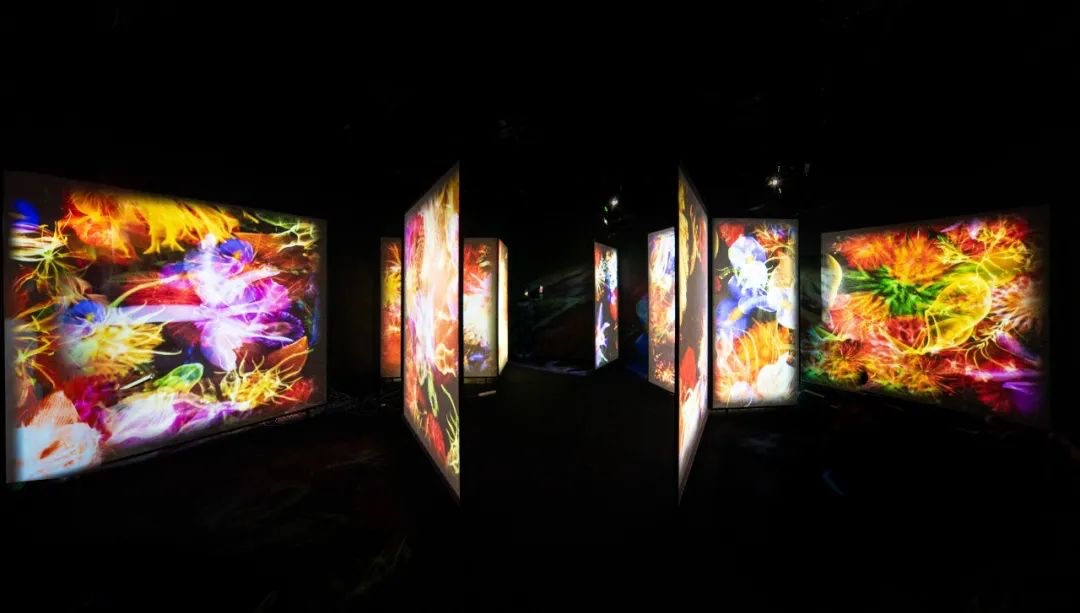With the reopening of cultural and heritage sites and museums across the globe, so too is the cultural IP licensing space seeing a burst of energy, fuelled by increased staffing and a renewed understanding of its importance towards the success of the sector.
Co-founder and managing director of ARTiSTORY, Yizan He, has told Licensing.biz that increased staff across the licensing arms of many global cultural organisations is ‘an excellent sign of the realisation of the value of IP licensing.’
“Many cultural organisations have realised the potential that a licensing programme can achieve for them in terms of revenue stream and engagement with a wider global audience,” Yizan He explained.
“Many have already set up their licensing programmes in recent months, particularly during the pandemic when most museums were closed. On the other hand, cultural organisations are getting a lot more inquiries from brands, retailers, and licensing agencies.
“The cultural licensing sector is undoubtedly growing rapidly.”
ARTiSTORY has witnessed the growth first hand, having seen the business establish a fully global presence in the short few months since it was launched in 2020. The firm’s portfolio now includes the National Palace Museum in Taiwan, while it is close to announcing a new partnership with a major London museum, and making preparations to add a leading American museum and a top performing Chinese IP to the mix in the coming weeks.
With the art and cultural IP space proving to be such a rich ground for licensing right now, we caught up with ARTiSTORY’s Yizan He to learn more about the team’s plans.
Hello Yizan, it’s been a while since we last caught up! How has the ARTiSTORY business and portfolio grown and progressed since then? With cultural sites and museums now reopening, what is the mood in the space like right now?
ARTiSTORY has been growing rapidly since we started our business in 2020. Our portfolio includes the National Palace Museum from Taiwan, we’re close to announcing a leading London museum and we will soon add a leading American museum and a Chinese top IP to our portfolio in the next few weeks.
Our master license rights with these art and cultural organisations cover all key markets such as the EU/UK, North America and Asia. Our creative teams in Asia and Europe are currently developing the 2022 art and cultural IP licensing trends and themes which will be released in July this year.
With museums and cultural organisations reopening, many organisations are now adding staff to drive the licensing business, which is an excellent sign as cultural organisations have realised the importance and value of IP licensing.

How has the art and culture licensing sector performed over the past year? There have obviously been hardships across the live sector, what impact, if any did this have on the licensing aspect? Did it drive demand further, did it fuel a shift to licensing in any capacity?
Driven by the growing demand for art and cultural IP, the cultural licensing sector is snowballing, which has caught many by surprise. As reported by Licensing International in early May 2021, that art and cultural IP has risen from merely one per cent in 2015 to 18.7 per cent in terms of the retail value of licensed merchandise in China in 2020. Art and cultural IP has become the second most important property type.
There is a visible impact as more and more retailers and consumer brands are embracing art and cultural IP licensing as ways to engage shoppers and improve profit margins. Many companies have tapped into art and cultural IP in recent years from luxury brands such as LVMH to global retailers such as Uniqlo and Zara. That will further inspire more brands and retailers to explore art and cultural IP.

What role has ARTiSTORY played in the art and culture/heritage licensing space over this period? What is it that ARTiSTORY brings to the culture licensing sector, and how does this differ from the licensing agencies out there?
ARTiSTORY has a unique business model that sets us apart from licensing agencies. First of all, we secure a multi-year exclusive master license agreement covering a full range of merchandise in our markets, and of course, with a commitment to Minimum Guaranteed Royalties. Secondly, we invest heavily in the annual art and cultural theme and design asset development, an essential component in any cultural licensing program and we own the copyrights of the design assets. We then enter into licensing agreements with consumer brands and retailers directly, and support them with versatile forms of marketing and storytelling such as live stream, short videos, social media campaigns on Tiktok, and immersive store windows and installations.
As a pioneer and innovator in the cultural licensing sector, ARTiSTORY’s founding members have previously developed some of the most successful licensing programs for the world’s top museums such as the British Museum, the V&A, the MET, Museum of Fine Art, Boston, and National Gallery. We hope to bring our new business model to the cultural licensing sector.
What do museums and galleries gain from working with ARTiSTORY as opposed to other licensing agencies? How do you separate yourselves from the competition in this sector?
There is a wide range of tangible benefits that museums and cultural organisations would benefit from a licensing program. Firstly, there is immediate and recurrent revenue as ARTiSTORY commits financially with advance payments upon signing the master licensing agreement. On top of the advance payments, there are running royalties that we would share with our museum partners every quarter.
Most importantly, every licensed product comes with a card that illustrates the artefacts from the museum’s collection where the design inspirations come from. Additionally, all promotional licensing partnerships across a truly diverse array of industries recognise the collaborating museum, which promote the awareness of the museums. Our licensing programmes have expanded the museums’ reach to a much broader global audience, inspiring them to learn more about the museums.
What role do you think ARTiSTORY has to play in the future of the art & culture / heritage licensing sector? How are you guys innovating in the sector and helping shape a future for licensing within it?
Our business model has been proven unique and compelling. We will continue to ride on the momentum, beef up our storytelling and marketing capabilities, and expand our licensing program in new markets such as the EU/UK and North America. We aim to become a truly global player.
To stay ahead of the competition, we are already working on various storytelling as an additional dimension to engage more audiences more effectively. For example, our immersive team is working on immersive store window designs, immersive pop-up stores, and installation that our licensees and retailers can leverage for better shopper acquisitions and conversion. We’ve gained an excellent response from our licensees and now offer these immersive components as part of our licensing package.

When it comes to licensing, why is this an important sector to get right? What can good licensing do for the heritage or narrative of a cultural brand? Also, when working with brands steeped in history and heritage, what sort of pressure is there to get the licensing tone right first time?
This is a very good question. The core mission of a museum is about conservation, research, and education. During the development of the licensing themes, artefact selection, and content creation, we work closely with our museum partners so that we can maintain a high level of accuracy in terms of the narratives that we develop while staying sensitive about different cultures and markets.
We enjoy outstanding support from all our museum partners. For example, the licensing team at National Palace Museum has provided us with their curatorial advice and suggestion of artefacts when we jointly work on the upcoming 2022 themes.
In the future, we will also be developing art education programs that in one way, extend cultural organisations’ core mission of educating the public and in another, leverage the value of art and culture in key education systems and markets.
What are some of the most exciting partnerships (your own or others) in the heritage licensing space at the moment? What inspiration do you or can you draw from these?
I am glad that there are more and more inspirational art and cultural IP licensing programs in recent months, such as Spanish fashion retailer Pull & Bear taps into modern and contemporary art as their licensing program with the Tate feature artworks by Kandinsky.
Uniqlo has already launched many programs with MoMA and recently with the Louvre. In the Far East, National Palace Museum has a wide range of well designed and crafted licensed products. The list goes on…
Is the cultural licensing sector heading in the right direction?
Yes, many cultural organisations have realised the potential that a licensing program can achieve for them in terms of revenue stream and engagement with a wider global audience. Many have already set up their licensing programs in recent months, particularly during the pandemic when most museums were closed.
On the other hand, cultural organisations are getting a lot more inquiries from brands, retailers and licensing agencies. The cultural licensing sector is undoubtedly growing rapidly.
And before we let you go, what’s the next step for ARTiSTORY?
ARTiSTORY has assembled a sales team covering various European markets, and sales training is already underway. Our next step is to establish our head office in the US and build a sales network there. It is our strategic goal that we would achieve our coverage on three key markets – the EU/UK, North America, and Asia – making ARTiSTORY a truly global player offering full market coverage to our museum partners as well as our clients.
Thank you, Yizan. Is there anything you want to leave us with?
Thank you for giving me the opportunity to share with the audience about my company. ARTiSTORY looks forward to contributing more to the cultural licensing sector.















